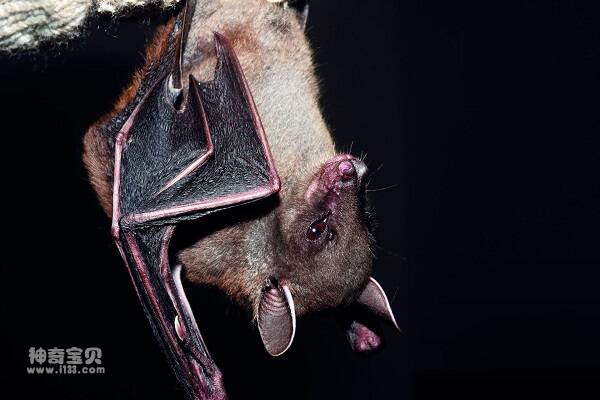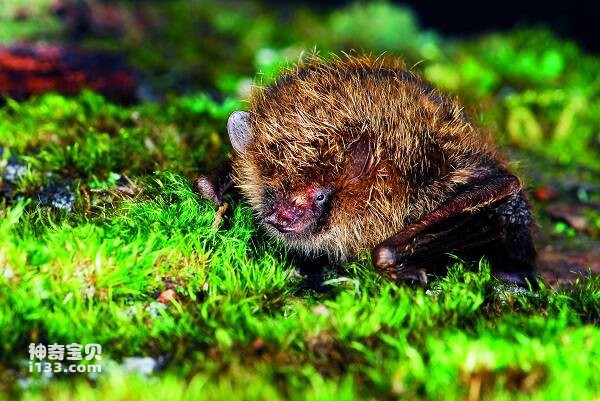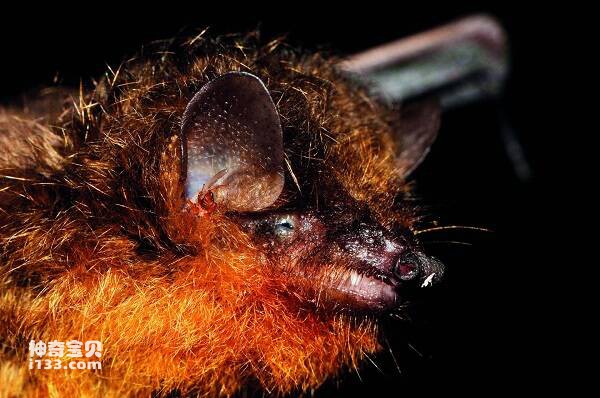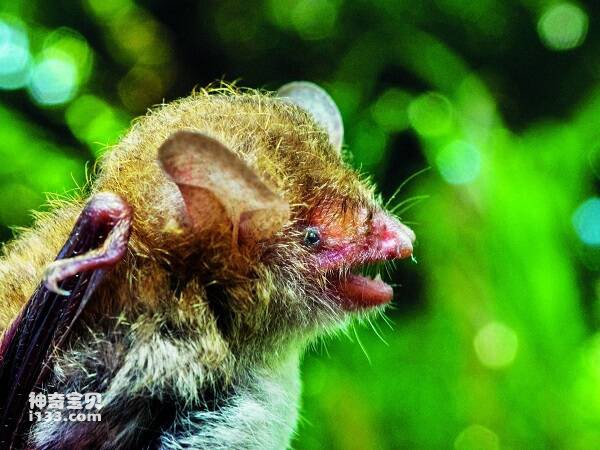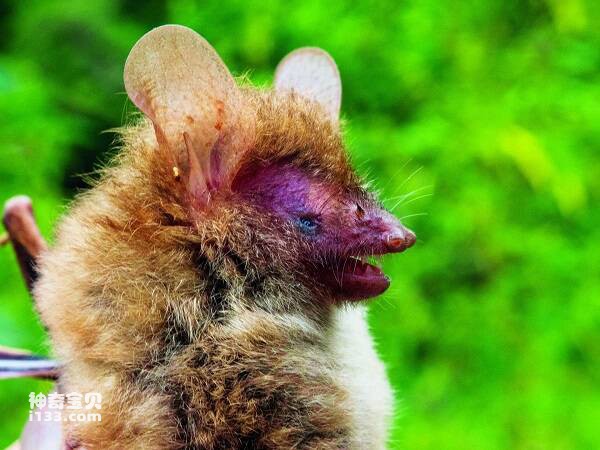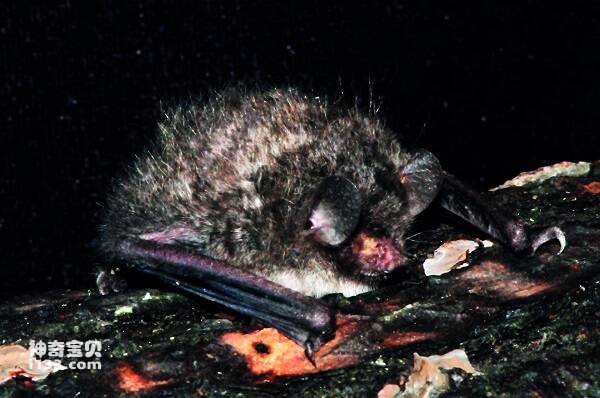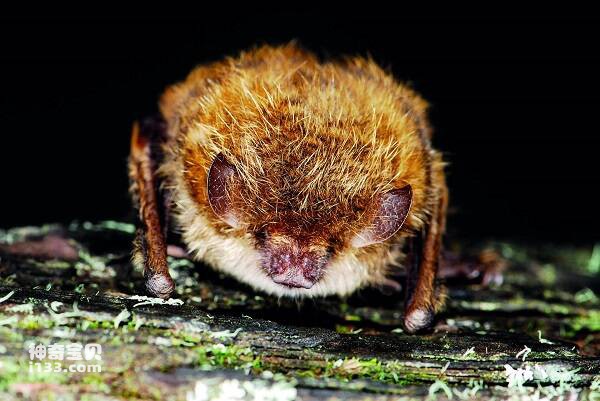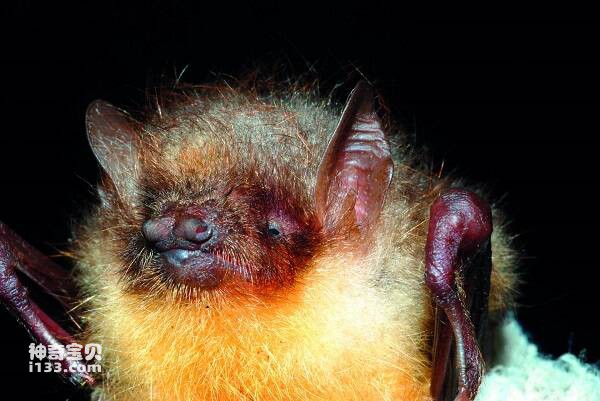Sphaerias blanfordi
IUCN
LCBasic Information
Scientific classification
- name:Sphaerias blanfordi
- Scientific Name:Sphaerias blanfordi
- Outline:Chiroptera
- Family:Pterodactyla Pteropteridae Sphaeropterus
Vital signs
- length:64-80 mm
- Weight:
- lifetime:
Feature
The front of the nostrils is tubular and looks like a dog bat
Distribution and Habitat
The Chinese subspecies, S. b. motuoensis, is distributed in southeastern Tibet (Metuo) and Yunnan (Xishuangbanna, Dulongjiang, Tengchong and Baoshan).
It lives in the mountain tropical monsoon rainforest zone at an altitude of 800-2700m.
Appearance
The front of the nostrils is tubular and slanted outward and downward. It looks like a dog bat, and its shoulders, back, waist and hips are light dark brown and slightly dark blue-gray, and its ears are light white. But the body is small, forearm length 50-58mm; The femoral intermembrane is very narrow, only a narrow marginal membrane along the upper 1/3 of the femur and tibia, completely covered with hair, no tail, no distance; There are sex differences in appearance: the male has a light tea yellow oblong brush spot on the lower side of the neck, and the brush spot of a few specimens is light gray; The female has no light brush spots on the lower neck. The frame is short, no frame hole; The lateral teeth of the superior buccal teeth are pointed and long.
Details
The species was named by CAI Guiguan and Zhang Naizhi (1980) on the basis of two male specimens collected from Metuo, Xizang Province, which each had a round brown-yellow brush spot on the lower neck, a white leading edge of the lower ear shell, and a brown-blue nape. Domestic and foreign scholars (Corbet & Hill, 1992; Bates & Harrison, 1997; Zhang Rongzu, 1997; Wang Yingxiang, 2003) was recognized.
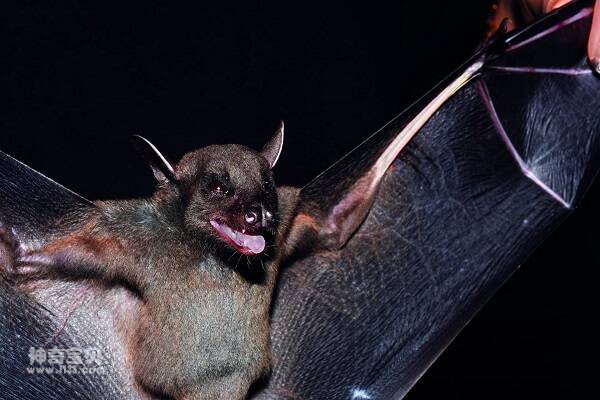
It is mainly distributed in South Asia, and in China it is only reported to be distributed in Metuo, southern Tibet. It lives in the mountain tropical monsoon rainforest zone at an altitude of 800-2700m. It is active in bamboo, banana and palm forests and near small clearings between broadleaf forests, eating fruits and insects.
Population status and risk factors, known specimens are few, from the distribution area, southern Tibet as its edge, can be considered as a vulnerable species, should be protected.
